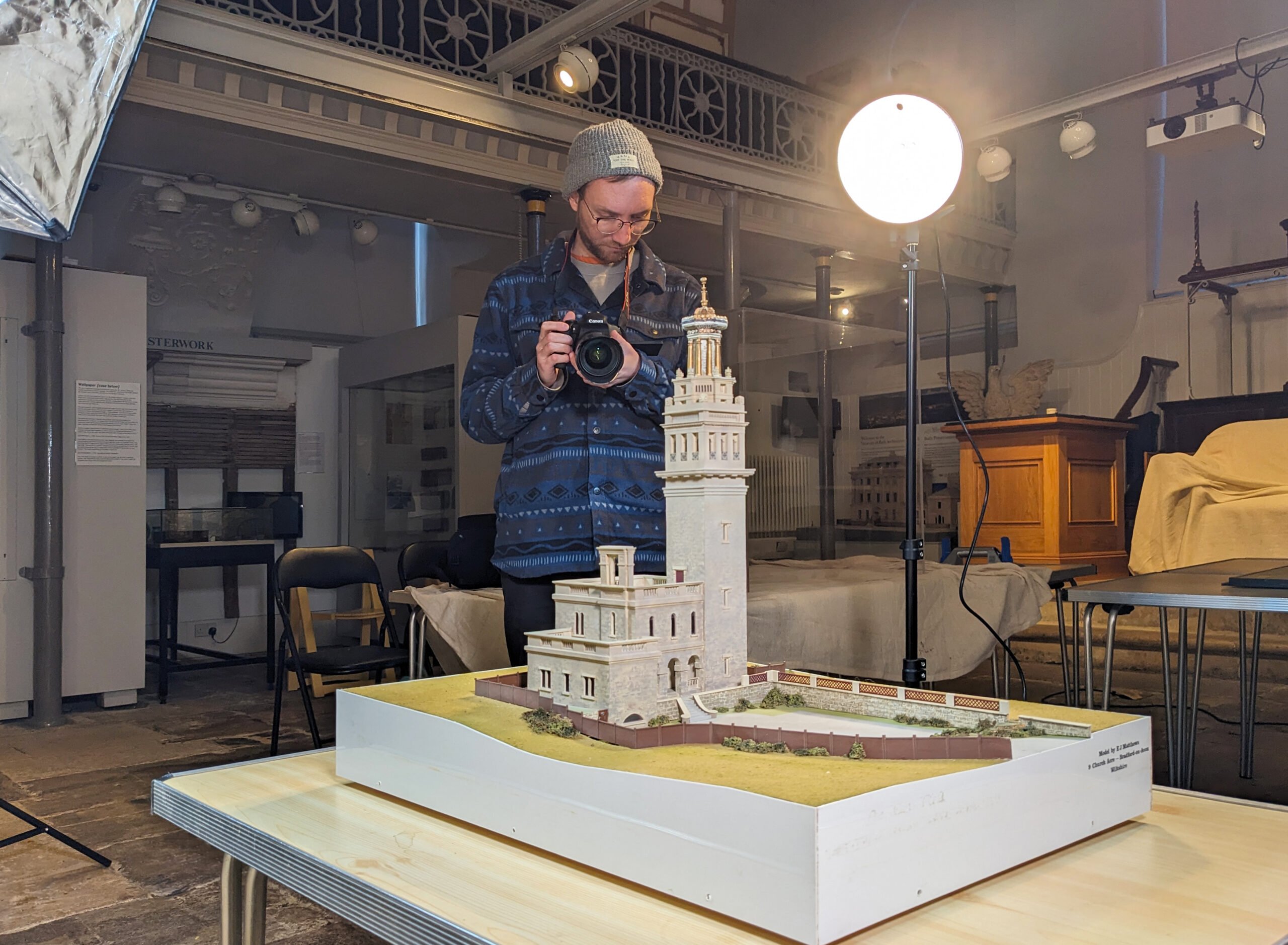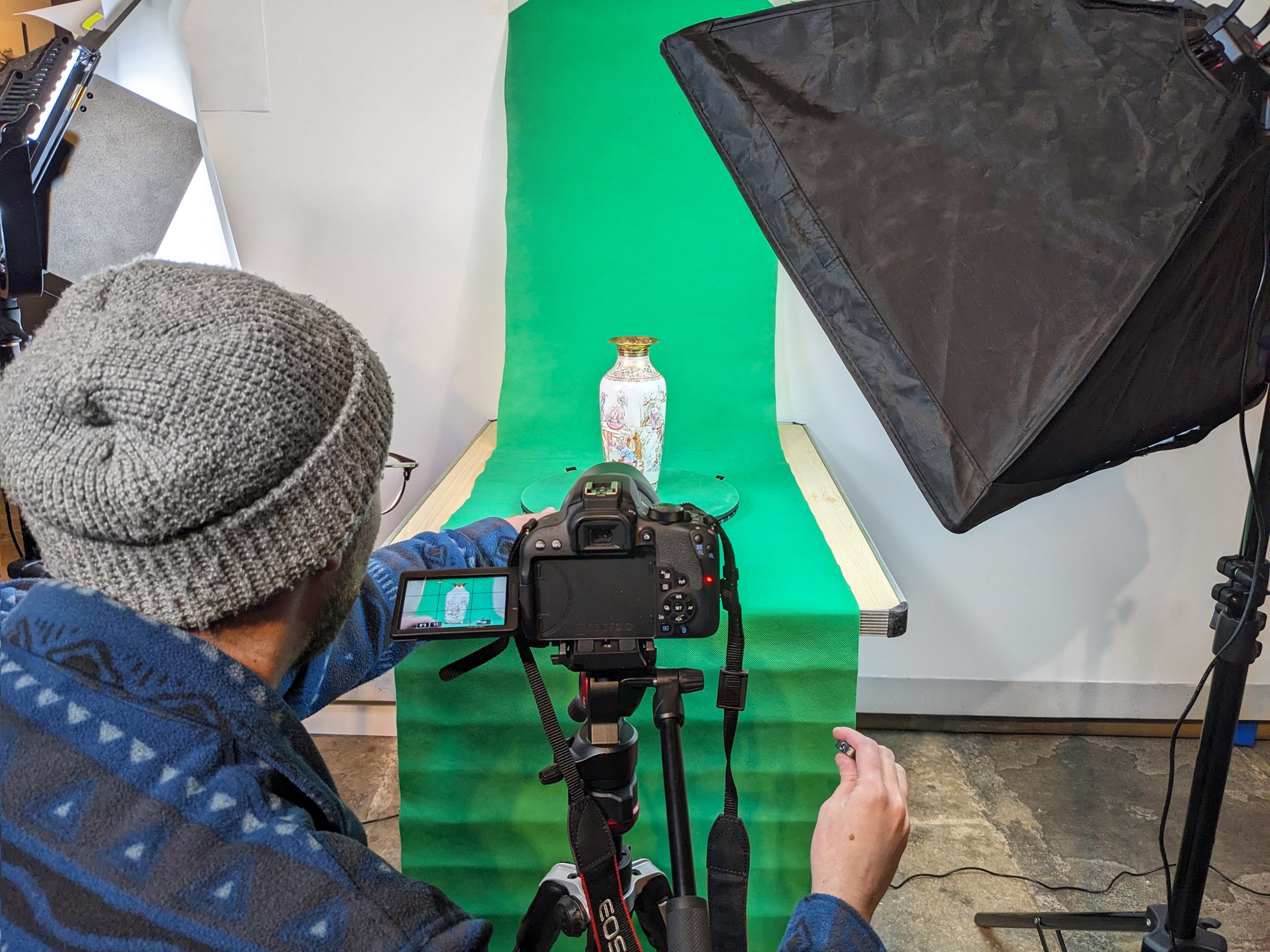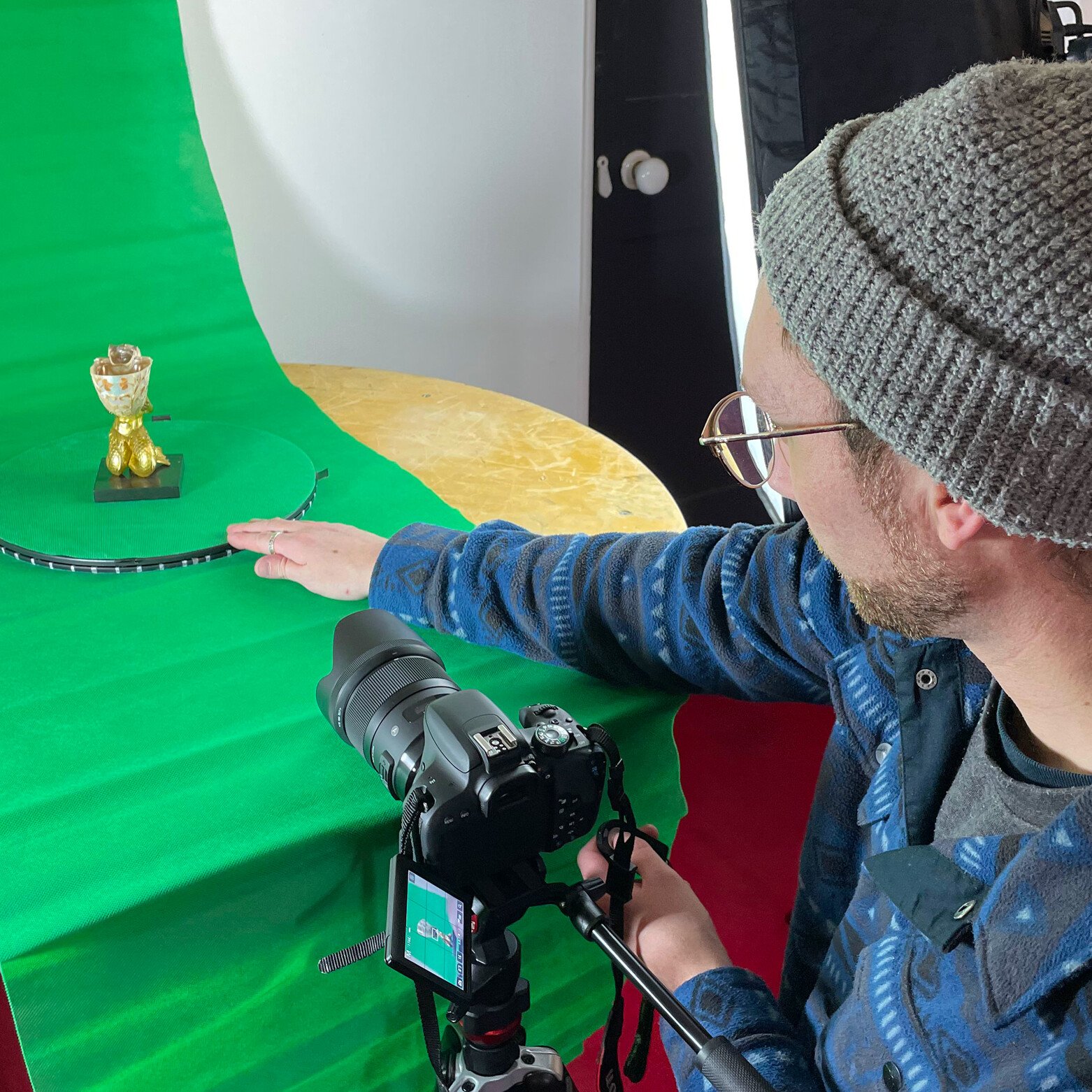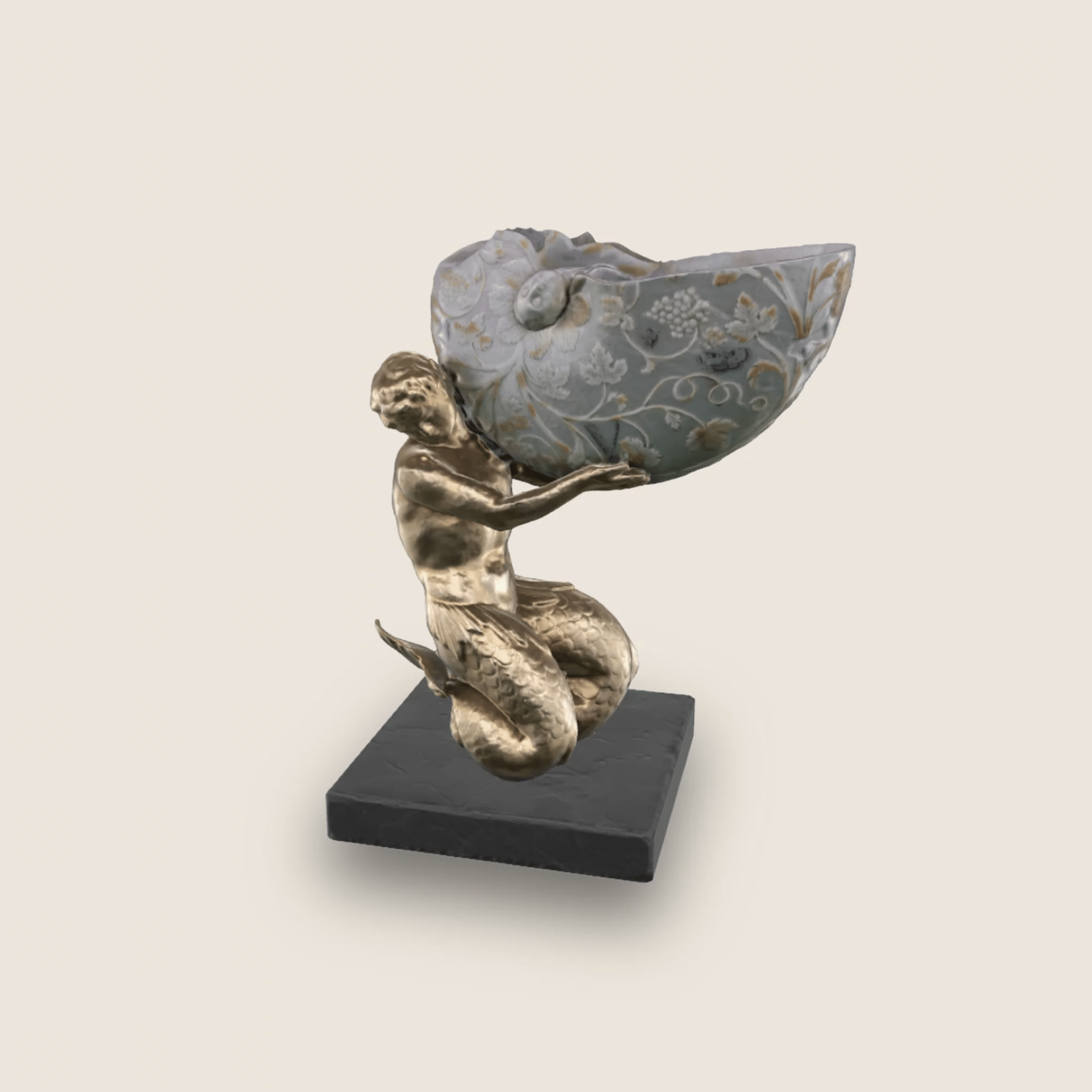A Welcome Glimpse into Zubr's 3D Digital Interpretations for Beckford's Tower in Bath
Reflecting on Zubr’s research trip for the Beckford’s Tower project, Project Manager Tom recalls:
When I was first introduced to the Beckford’s Tower project, I understood that the aim of this project was to create a non-linear mixed reality trail whilst encouraging exploration, allowing visitors to peel back the layers of history.
With a single mobile app (where our photogrammetry models shine), visitors would be guided through the interior and exterior of Beckford’s Tower. The outdoor experience combines AR moments, audio, music and sound design alongside more traditional content such as digitised archival documents, photos and illustrations into a series of themed tours.
On the other hand, during the indoor experience the app acts as a guide (now available on iOS and Android), pointing visitors towards digital interactivity and additional content for each of the five key spaces open to the public: the Staircase, Drawing Room, Library, Roof Terrace and the Belvedere.
We worked with Bristol-based agency Calvium who specialise in research, experience design, software engineering and mobile innovation to ensure a smooth delivery. Accessibility was also a crucial part of the project, with a focus on how our digital interpretations can reach as many visitors and be as useful as possible whilst onsite.


Working with people who are passionate about what they’re doing, whether that’s designers, 3D artists or curators has been fascinating ...This was also my first time seeing photogrammetry done in person, which was an exciting new experience for myself too.
Photogrammetry process
In January 2024, myself and Chris Price, Zubr’s Creative Director and photogrammetry expert took a trip to Waddesdon Manor, just outside of Oxford to complete photogrammetry on a nautilus shell. Currently on loan from the Rothschild’s private collection to Waddesdon Manor (alongside over three hundred precious objects displayed in ‘A Rothschild Treasury’ exhibition), we wanted to take this opportunity to digitally model the shell for our Beckford’s Tower augmented reality experience, part of which allows visitors to explore museum artefacts in 360 degrees.
The shell is around three hundred years old and is made with an intricate blend of silver, gold, shell, ivory, ink and marble. Once owned by William Beckford, the famous collector commissioned a mount in the form of fish-tailed sea god, Triton. Beckford’s admiration for such objects and the combination of precious metals and rare materials would have made the nautilus shell a highly prized addition to his collection.
We started the day meeting Amy, the Senior Director and Museum Curator for Bath Preservation Trust, and Michael from the Waddesdon team outside the Manor before they took us through the house. It’s currently closed to the public whilst they complete repairs, so it was really interesting to see Waddesdon Manor out of season and get a peek behind closed doors. It’s a beautiful place that I’d never visited before and it was a privilege to be involved in the process.
This was also my first time seeing photogrammetry done in person, which was an exciting new experience for myself too.
Photogrammetry involves taking a photograph from a specific angle, moving the turntable a centimetre or so and taking another photograph. This is done for a full rotation and then again at another height. The aim is to make sure the entire object has been photographed fully, with the whole process taking around an hour. For this project we left with approximately three hundred and fifty photographs, which were then sewn together using Metashape to create a 3D digital model which can be viewed in AR.
We were taken to a room next to where the nautilus shell is normally stored, a grand vault-like room that stored a selection of valuables and antiquities. We had the excitement of seeing the shell out of its case, a very rare opportunity as removing it is something they don’t do very often. I helped Chris set up the lights, camera and backdrop, with the nautilus shell on a turntable.


Satisfying a Historical Curiosity
Being relatively new to Zubr, it was an eye opening experience for me to learn what goes into this part of the 3D process. I knew I’d see the outcome but it was great to learn how it was actually done.
Working with people who are passionate about what they’re doing, whether that’s designers, 3D artists or curators has been fascinating. Whilst we were completing the photogrammetry, it was also a great joy to learn about Beckford’s Tower and the history of the nautilus shell piece too! This 3D scanning was made possible thanks to generous funding from the National Lottery Heritage Fund (NLHF).
Interested in working with us or having us 3D scan something or you? Contact us for a free consultation.
